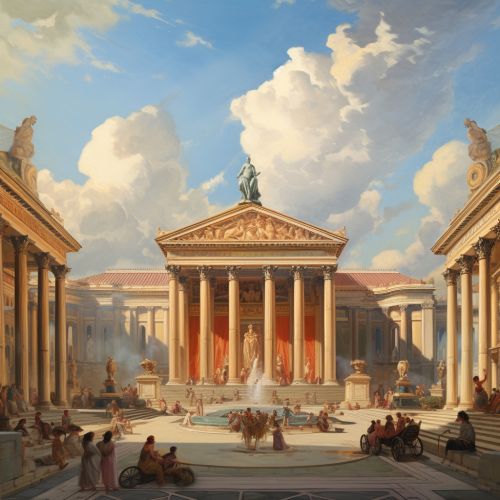British Museum
Overview
The British Museum is a public institution dedicated to human history, art, and culture, located in the Bloomsbury area of London. Its permanent collection, numbering some eight million works, is among the largest and most comprehensive in existence, having been widely sourced during the era of the British Empire. It documents the story of human culture from its beginnings to the present. It is the first national public museum in the world.
History
The British Museum was established in 1753, largely based on the collections of the Irish physician and scientist Sir Hans Sloane. It first opened to the public in 1759, in Montagu House, on the site of the current building. Its expansion over the following two and a half centuries was largely a result of expanding British colonisation and has resulted in the creation of several branch institutions, the first being the Natural History Museum in 1881.
Architecture
The British Museum's current building was designed in the Greek Revival style by the architect Sir Robert Smirke. The building has seen several expansions and renovations over the years, including the addition of the iconic Great Court, designed by the architectural firm Foster and Partners.
Collections
The British Museum's collections number more than 8 million objects and cover over two million years of history. The collections include the Elgin Marbles from the Parthenon in Athens, the Rosetta Stone, and the largest collection of Egyptian artefacts outside of Egypt, among many others.
Governance and Funding
The British Museum is a non-departmental public body sponsored by the Department for Digital, Culture, Media and Sport, and as with all other national museums in the United Kingdom it charges no admission fee. The museum is governed by a board of trustees who are responsible for the general management and control of the museum.
Controversies
The British Museum has been the subject of controversy and criticism for its possession of a number of objects, such as the Elgin Marbles and the Rosetta Stone, which were taken from their countries of origin in circumstances that are now considered controversial.
See Also


